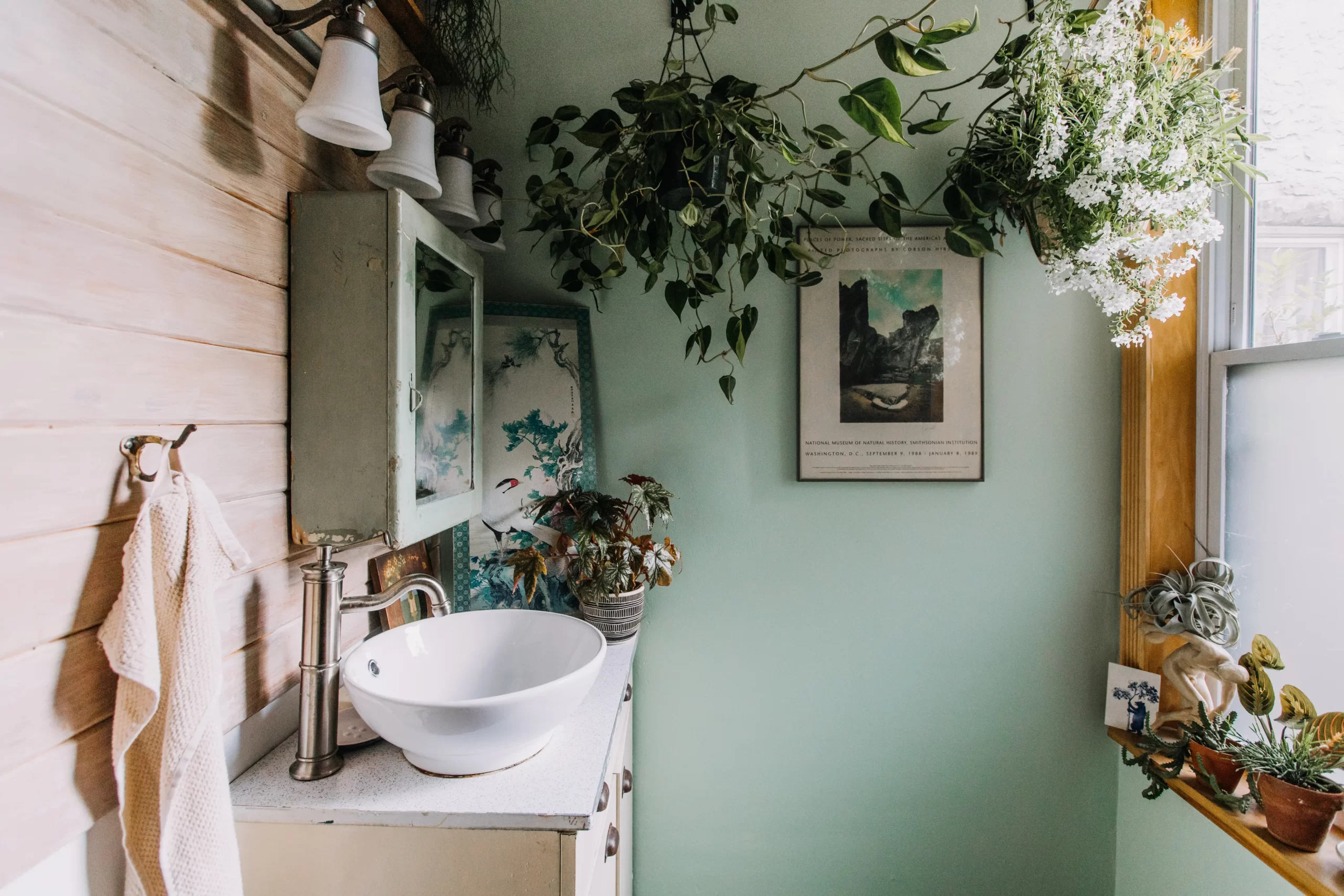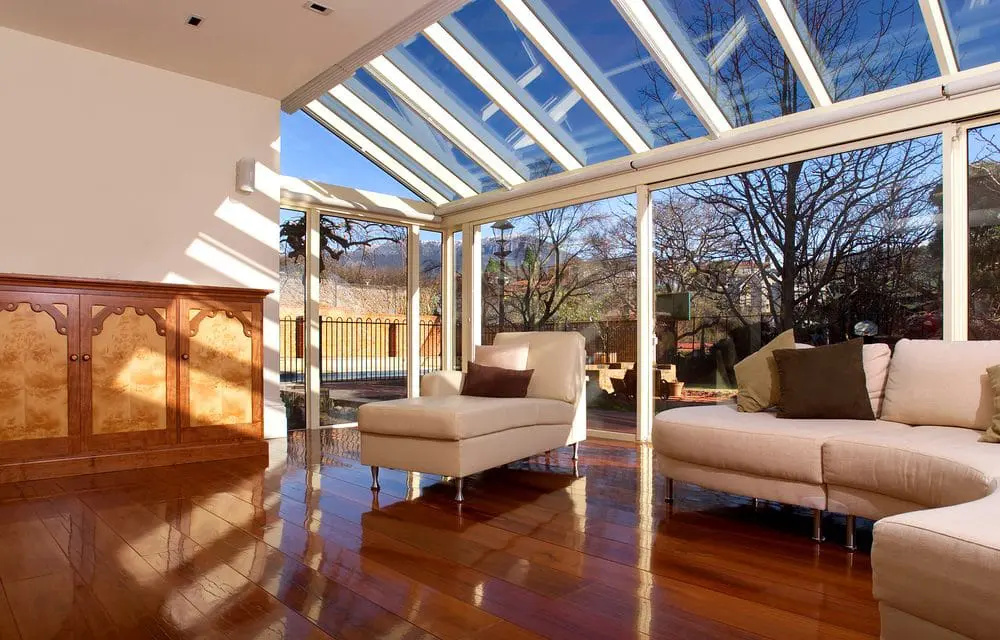That old steamer trunk in your attic isn’t just a dusty relic. It’s a coffee table waiting for its moment. The collection of vintage glass bottles on a shelf? They’re a potential light fixture with a story to tell. This is the magic of adaptive reuse in interior design—it’s not just about decorating, it’s about storytelling.
Honestly, in a world saturated with mass-produced, lookalike furniture, our homes crave character. They yearn for pieces with a past. Adaptive reuse answers that call. It’s a sustainable, deeply personal approach to decor that transforms the forgotten into the focal point. Let’s dive into how you can master this art form.
Why Go Vintage? The Allure of the Old Made New
Sure, you could buy a new bookshelf. But a bookshelf made from repurposed library card catalog drawers? That has soul. The appeal of adaptive reuse of vintage items goes far beyond simple aesthetics. It’s a multi-layered win.
A Greener Footprint, A Richer Story
Every upcycled item is one less piece destined for the landfill. This core principle of sustainable interior design reduces waste and the demand for new resources. You’re not just saving a piece of furniture; you’re honoring the materials and craftsmanship of a bygone era.
And then there’s the narrative. A home filled with these pieces feels layered, collected over time. It whispers of history. That industrial cart you turned into a kitchen island? It has a past life. The church window you framed as a room divider? It has presence. This is how you achieve a truly unique home decor style that no big-box store can replicate.
From Trash to Treasure: Practical Ideas for Your Space
Okay, so you’re convinced. But where do you start? The beauty is, you can start anywhere. The key is to look at objects not for what they are, but for what they could be.
Furniture with a Second Act
This is the most common, and often most impactful, category. Think big and structural.
- The Suitcase Side Table: Stack a couple of vintage leather suitcases and top with a glass pane. Instant, charming bedside table.
- Industrial Cart Island: An old factory or library cart provides incredible storage and a rolling surface perfect for a kitchen.
- Door Headboard: A solid wood door, especially one with panels or glass, makes a dramatic and rustic headboard. Just secure it to the wall.
- Ladder Shelving: A weathered wooden ladder, leaned against a wall, becomes a perfect display for blankets, books, or plants.
Lighting: Illuminating the Past
Lighting is a fantastic way to incorporate vintage pieces without overwhelming a room. It’s functional art.
Imagine a cluster of antique glass bottles hanging from the ceiling with pendant light kits threaded through their necks. The light would glow through the colored glass, creating a stunning, ethereal effect. Or take a vintage colander—yes, a colander—and turn it into a quirky, industrial-style shade for a pendant light over a dining table. It’s these unexpected conversions that really make a space sing.
Wall Art and Accents: The Devil’s in the Details
Sometimes the smallest touches have the biggest impact. This is where you can get really creative.
Old wooden tennis rackets can be framed as graphic wall art. A collection of vintage keys can be shadow-boxed. Even something as simple as using a beautiful, ornate, but non-functional vintage camera as a bookend adds a layer of intellectual curiosity. Don’t forget textiles—a fragment of a gorgeous, worn-out Persian rug can be framed like a masterpiece.
How to Blend Old and New: The Secret Sauce
Here’s the deal: the goal isn’t to live in a museum. It’s to create a harmonious space where the old and new converse. The trick is balance. You don’t want your living room to look like a staged antique shop.
| Vintage Item | Modern Pairing | The Effect |
| Ornate, gilded mirror | Sleek, minimalist sofa | The mirror’s detail pops against the clean lines, creating a focal point. |
| Rustic wooden farm table | Transparent acrylic or metal chairs | Prevents the space from feeling too heavy or “cottage-core.” |
| Industrial metal shelving unit | Neatly organized, colorful books and decor | Softens the hard edges and makes the unit feel curated, not cold. |
See? It’s about contrast. The roughness of reclaimed wood feels more intentional next to a polished concrete floor. The delicate nature of a vintage find is highlighted when placed beside something starkly contemporary.
A Real-World Case Study: The Apothecary Cabinet
Let’s look at a specific example. You find a massive, old apothecary cabinet at a flea market. It’s covered in dust and the small drawers are stuck. Its original function is obsolete.
But in a modern home office? It becomes a stunning, unique storage system. Each tiny drawer is perfect for office supplies, craft materials, or even spices if it ends up in the kitchen. You might clean it up but leave the chipped paint and worn labels for character. Paired with a modern standing desk and a sleek task lamp, it becomes the soul of the room. This is upcycled furniture ideas in action—solving a modern need with vintage charm.
Your Journey to a Collected Home
Starting this journey is easier than you think. Begin by looking at your own home with new eyes. What do you already have stored away? Then, hit the ground. Scour flea markets, estate sales, and even your local thrift store. Don’t see the dirt—see the potential.
And honestly, don’t be afraid to get it a little wrong. Not every project will be a masterpiece, and that’s okay. The slight imperfections, the quirks, the stories of the hunt—that’s what makes a house feel authentically, wonderfully like a home.
In the end, adaptive reuse is more than a design trend. It’s a philosophy. It’s a quiet rebellion against disposability. It asks us to see the beauty in the worn, the value in the outdated, and the endless possibility in giving something a second chance.




